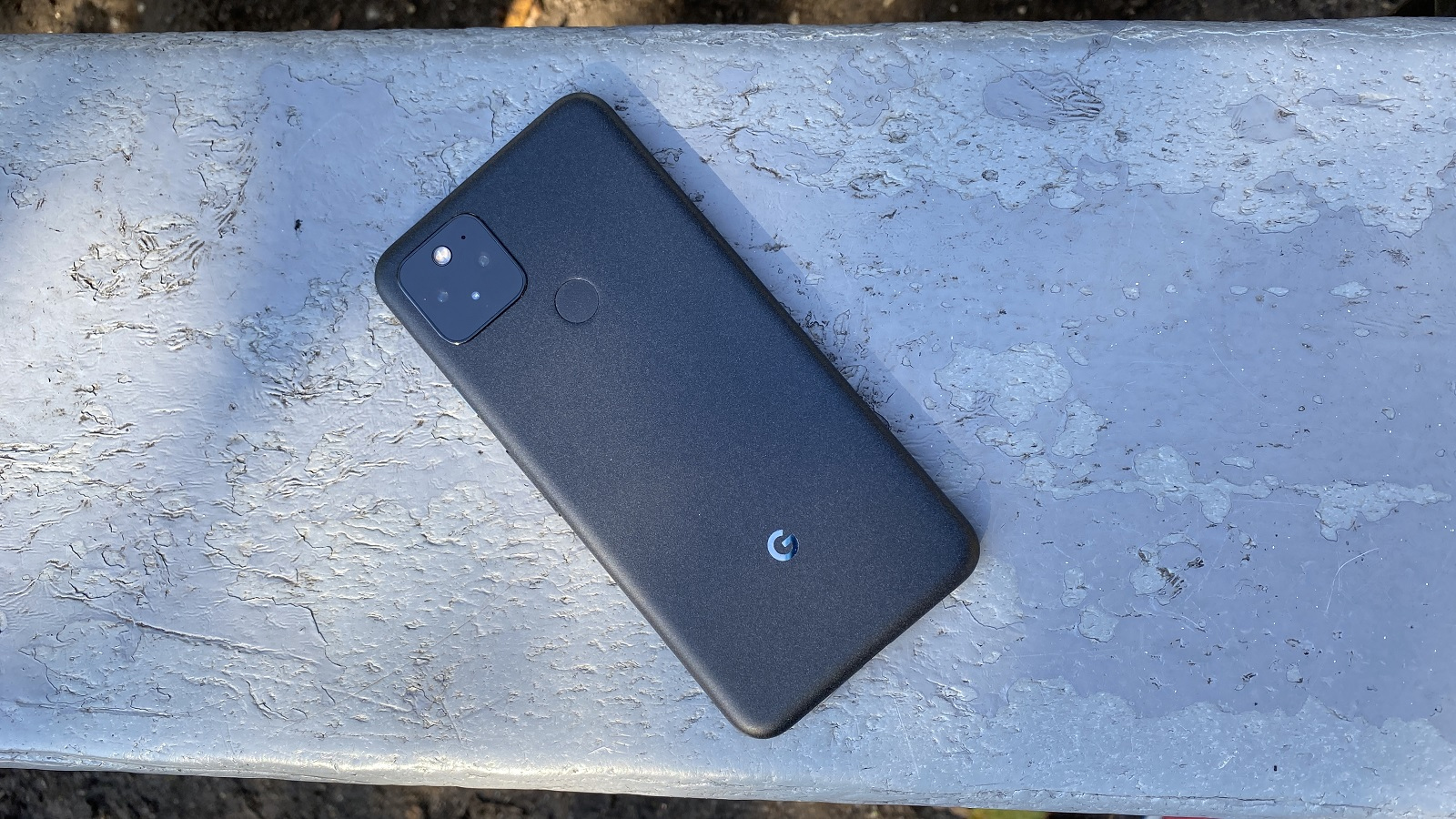Google Pixel 6 could rival this new Xiaomi phone for performance
As could the Pixel 5a

We haven’t heard much about the Google Pixel 6 or the Pixel 5a yet, but we have a good idea of what chipset might power the phones – and we've already seen it in the Xiaomi Mi 11 Lite 5G.
That recently announced Xiaomi phone was the first to include the Snapdragon 780G chipset, which is a successor to the Snapdragon 765G in the Google Pixel 5 and the Pixel 4a 5G, so it’s a prime candidate for the upcoming models.
If this is indeed the chip that will power Google's new phones, we'll have high hopes for the performance of the handsets. While we haven’t yet reviewed the Xiaomi Mi 11 Lite 5G, the Snapdragon 780G inside it is a 5nm chip, like the top-end Snapdragon 888, and Qualcomm claims that its CPU offers up to a 40% performance uplift over its predecessor.
- Check out the best Pixel phones
- The Pixel 6 might be one of the best camera phones
- The Xiaomi Mi 11 Ultra is here
It supports 5G of course, and it should also enable improvements in the photography department, with, for example, new low-light architecture that's designed to help with night shots.
No evidence
A number of sites have suggested that this could be the chipset used in the Google Pixel 5a and the Pixel 6, and it’s a logical assumption, although it’s worth noting that there’s no actual evidence that this is the chipset that will be used.
In fact, we’d previously heard that the Pixel 6 might be powered by the Snapdragon 775 – but that chipset is yet to be announced and may not be real, so the 780G is now our best guess.
It’s also possible that the Google Pixel 6 will get a high-end chipset like the Snapdragon 888, rather than a mid-range one. After all, prior to the Pixel 5 these phones had high-end power. But in that case we’d still think the Snapdragon 780G is a likely candidate for the Google Pixel 5a.
Sign up for breaking news, reviews, opinion, top tech deals, and more.
- Read our full OnePlus 9 review
Via Phone Arena
James is a freelance phones, tablets and wearables writer and sub-editor at TechRadar. He has a love for everything ‘smart’, from watches to lights, and can often be found arguing with AI assistants or drowning in the latest apps. James also contributes to 3G.co.uk, 4G.co.uk and 5G.co.uk and has written for T3, Digital Camera World, Clarity Media and others, with work on the web, in print and on TV.